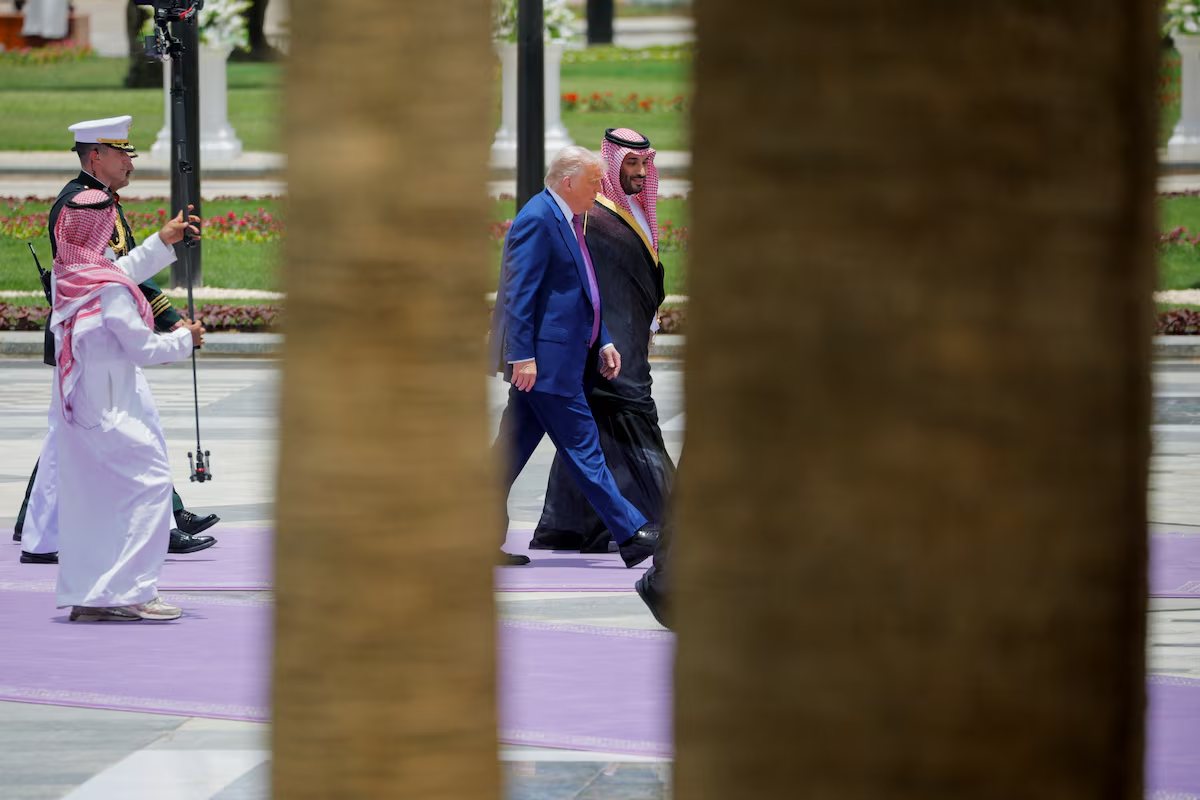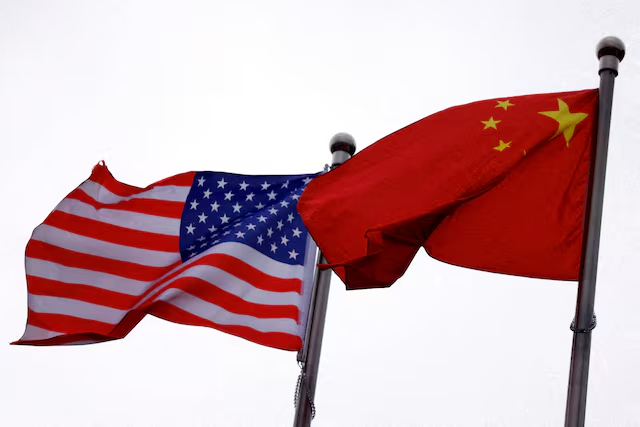WASHINGTON, May 6, 2025 — A decision by U.S. Secretary of Defense Pete Hegseth to abruptly halt arms shipments to Ukraine shortly after Donald Trump’s return to the presidency has exposed serious miscommunication and internal disarray within the White House’s national security apparatus. The move, which involved the suspension of 11 U.S. military cargo flights bound for Ukraine, blindsided top national security officials and sparked confusion among allies and senior defense personnel alike.
The flights — packed with ammunition and supplies already authorized under President Joe Biden’s administration — were en route from Dover Air Force Base in Delaware and a U.S. base in Qatar. The shipments were halted without formal consultation or a new policy declaration, triggering a scramble within the U.S. defense and diplomatic establishments to determine whether it signaled a fundamental shift in U.S. support for Ukraine in its ongoing war against Russia.
The White House later claimed that Hegseth’s actions were aligned with President Trump’s goals of reassessing U.S. military aid abroad. However, multiple sources familiar with the incident told Reuters that Trump himself had not issued a direct order to halt the aid and was caught off guard by the decision. The Defense Secretary, they said, was heavily influenced by a small group of anti-interventionist advisors advocating for an immediate rollback of Ukraine-related assistance.
This abrupt pause in aid led to a costly logistical standstill. The U.S. Transportation Command (TRANSCOM) estimated the suspension and resulting rescheduling operations would cost American taxpayers approximately $2.2 million. The disruption also raised alarm among NATO allies, already on edge over Trump’s prior rhetoric about scaling back transatlantic military commitments.
The decision reverberated across diplomatic circles. European officials, speaking anonymously to Reuters, expressed concerns over Washington’s reliability as a security partner, with some questioning whether the sudden freeze was a harbinger of deeper shifts in U.S. foreign policy. Within Washington, senior officials at the Pentagon and National Security Council were reportedly not informed in advance, further highlighting a lack of coordination between Trump’s cabinet and key national security arms.
Hegseth, a former Fox News personality and vocal supporter of Trump, has long advocated for a scaled-down U.S. military presence overseas. His elevation to Secretary of Defense was met with skepticism from establishment defense officials, and this latest move has only deepened those doubts.
By the end of the week, after internal consultations and likely pushback from key allies and military advisors, the aid shipments resumed. But the episode left behind a trail of confusion, frustration, and renewed debate over the Trump administration’s true intentions regarding Ukraine.
Despite repeated campaign statements by Trump suggesting that continued funding for Ukraine would be reevaluated, no formal policy has yet been announced. Analysts say this lack of clarity may encourage further unilateral action by cabinet members, leading to similar episodes of miscommunication and internal friction.
“This is what happens when ideology overrides coordination,” one former senior U.S. official told Reuters. “You get foreign policy by impulse, not strategy.”
As of now, the Biden-era aid to Ukraine remains technically in place, but the future of U.S. involvement appears increasingly uncertain under the current administration. The White House has yet to publicly address whether new guidelines will be issued to avoid future misunderstandings or unauthorized disruptions.
The incident underscores the broader challenges facing Trump’s second-term leadership — a mix of competing internal agendas, loosely defined policy directions, and high-stakes geopolitical consequences. Whether this was a misstep or the first sign of a dramatic pivot in U.S. foreign policy remains to be seen.
Source; Reuters


